
The Sunday Mail


Peas are grown in varied weather conditions.
They require cold and dry weather. The longer the cold spell, the better the yield. Germination can even take place at a maximum temperature of 50 degrees but the process is slow.
Peas require well drained sandy loam soils. They should be rich in organic matter as this enhances better growth by supplying nutrients at a slower rate.
Peas do not thrive in highly acidic or alkaline soil or saline soil, for they do well in soils with a pH of 6.5.
Peas seed should be treated with rhizobium culture. The bacterium used for inoculation is rhizobium lequmino. This will not only help to fix atmospheric nitrogen but also to reduce manure application.
You mix one sachet of rhizobium with two cups of sugar and 70kg of peas and two litres of water. When planting peas the spacing is 1,5 metres, centre to centre, with two rows at the top of the bed, 30 cm apart.
Planting stations should be between 5 and 6cm in-row. It is advisable to do a soil test first but the general fertilizer recommendation is basal compound at the rate of between 400 and 600kg per hectare.
Ammonium nitrate is applied at the rate of 200kg per hectare, split into three applications, between one and four weeks after emergence. Sulphate of potash is applied at the rate of 200kg per hectare split into two application between six and eight weeks after emergence.
Pests
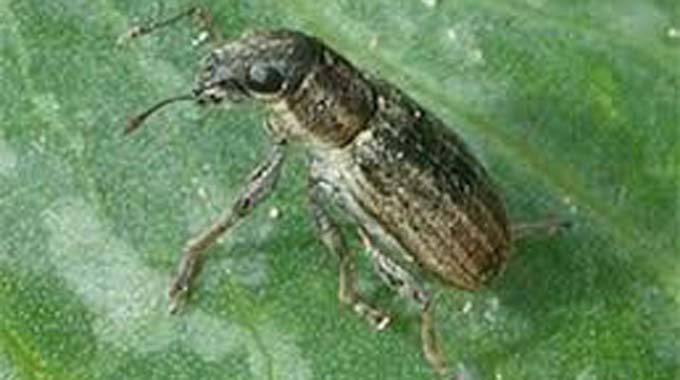
Pea weevil which can be controlled by spraying Diazon
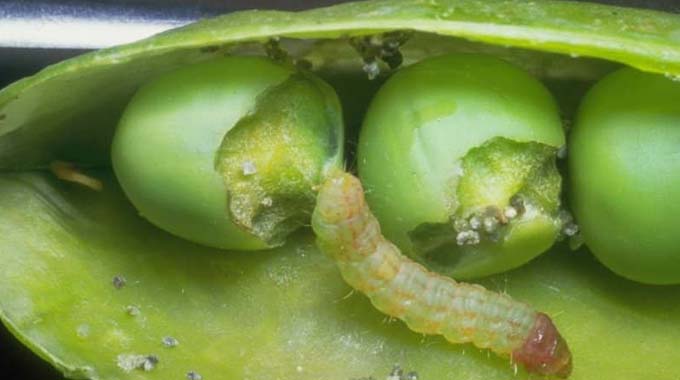
Pea borer can be controlled by spraying DDVP
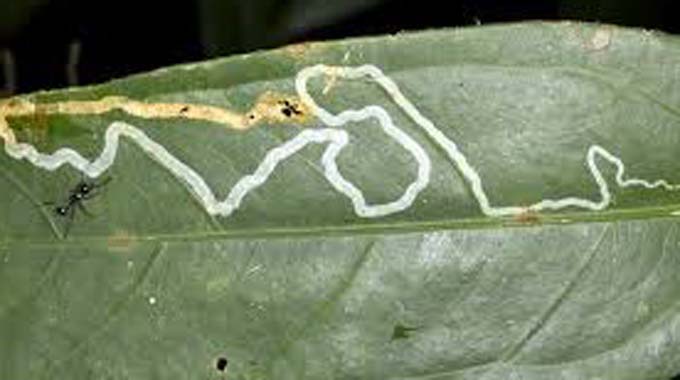
Pea leaf miner can be controlled using Ampligo
Diseases
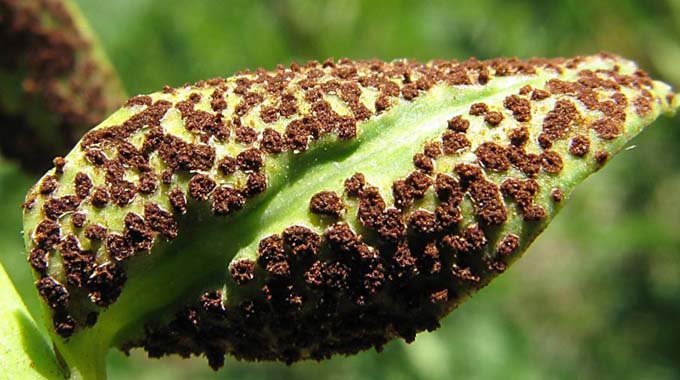
Use Tebuconazole and Bravo to control pea rust
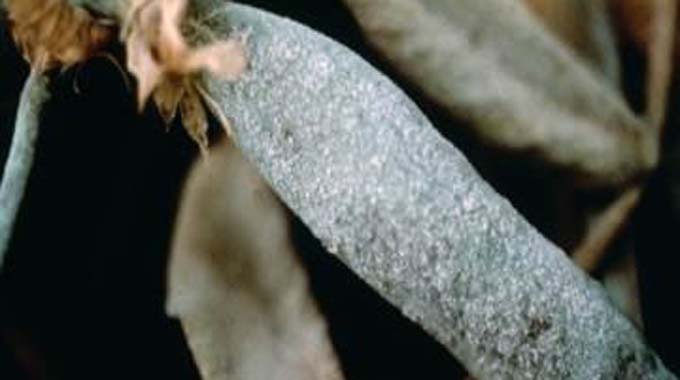
Use Dithane and Copper Oxchloride to control powdery mildew
Pamela Kamuzonda is a holder of a BSc degree in Agronomy and is the founder of Unique Farming Solutions. She trains farmers, focusing on single mothers, widows and has trained over 700 farmers.



